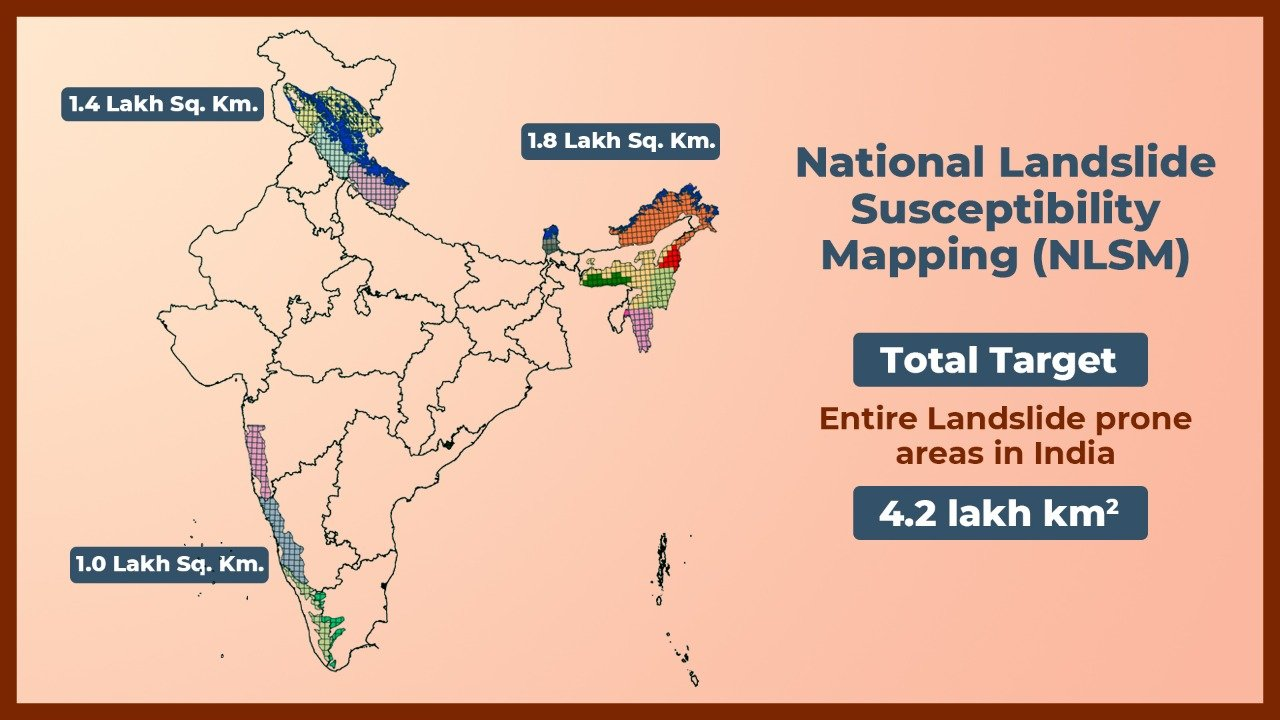Jammu & Kashmir Switch to Hindi
Reassignment of NIA and Habeas Corpus Cases
Why in News?
Recently, NIA (National Investigation Agency) and Habeas Corpus cases at the J&K High Court were reassigned to a new bench in Srinagar following a series of rulings by Justice Sreedharan.
Key Points
- Roster Change: An order modified the existing roster for NIA and Habeas Corpus cases, shifting them from Justice Atul Sreedharan's bench to a new Special Division Bench of Justices Rajnesh Oswal and Mohammad Akram Chowdhary.
- A roster is a systematic plan for assigning tasks to members of a High court to increase efficiency.
- Rarity of Shift: Midway shifting of cases from a particular bench to a completely new bench is a rare occurrence.
- Significant Rulings of Justice Sreedharan:
- Public Safety Act, 1978 (PSA) Case: Justice Sreedharan in July 2024 imposed a fine on the District Magistrate for vague and confusing reasoning in a preventive detention case.
- Fundamentalist Ideology: He challenged the labeling of a detainee as a "fundamentalist" and clarified its meaning in context in the August, 2023 case.
- Policeman Bail Case: Granted bail to a policeman charged with murder due to a delayed trial, citing a violation of Article 21.
- Fahad Shah Case: Questioned the application of UAPA (Unlawful Activities Prevention Act) charges against journalist Fahad Shah, noting insufficient evidence of incitement to violence.
Habeas Corpus
- It is a Latin term which literally means ‘to have the body of’. Under this the court issues an order to a person who has detained another person, to produce the body of the latter before it. The court then examines the cause and legality of detention.
- This writ is a bulwark of individual liberty against arbitrary detention.
- The writ of habeas corpus can be issued against both public authorities as well as private individuals.
- The writ, on the other hand, is not issued where the:
- detention is lawful,
- the proceeding is for contempt of a legislature or a court,
- detention is by a competent court, and
- detention is outside the jurisdiction of the court.
Jammu & Kashmir Switch to Hindi
Landslide in Vaishno Devi Track
Why in News?
Recently, a landslide occurred on the new track to the Vaishno Devi shrine in Jammu and Kashmir’s Reasi district, affecting the route near Panchi, 3 km ahead of Bhawan.
Key Points
- Vaishno Devi Temple: Temple is located at 5,200 feet in the Trikuta mountains, sees over one crore visitors annually, with a 12 km trek from Katra.
- Key Landmarks: Darshani Deodhi, Banganga, Chara Paduka, Indraprastha, Adhkuari, Garbha Joon, Himkoti, Haathi Matha, Sanji Chhat Bhavan, Sher ka Panja and Bhairon Mandir.
- Reasi, a town and notified area committee in Jammu and Kashmir, situated on the bank of the Chenab River. It was part of the Bhimgarh state established by Bhim Dev in the 8th century AD.
- Bhimgarh State, centered in Reasi, remained independent until 1822 when Raja Gulab Singh unified the small states in the region.
Landslide
- A landslide is a geological phenomenon involving the downward movement of a mass of rock, soil, and debris on a slope. This movement can vary in scale from small, localised shifts to massive and destructive events.
- Landslides can occur on both natural and man-made slopes, and they are often triggered by a combination of factors such as heavy rainfall, earthquakes, volcanic activity, human activities (such as construction or mining), and changes in groundwater levels.




%20MPPCS%202025%20Desktop%20E.jpg)
%20MPPCS%202025%20Mobile%20E%20(1).jpg)










.png)
.png)











 PCS Parikshan
PCS Parikshan


